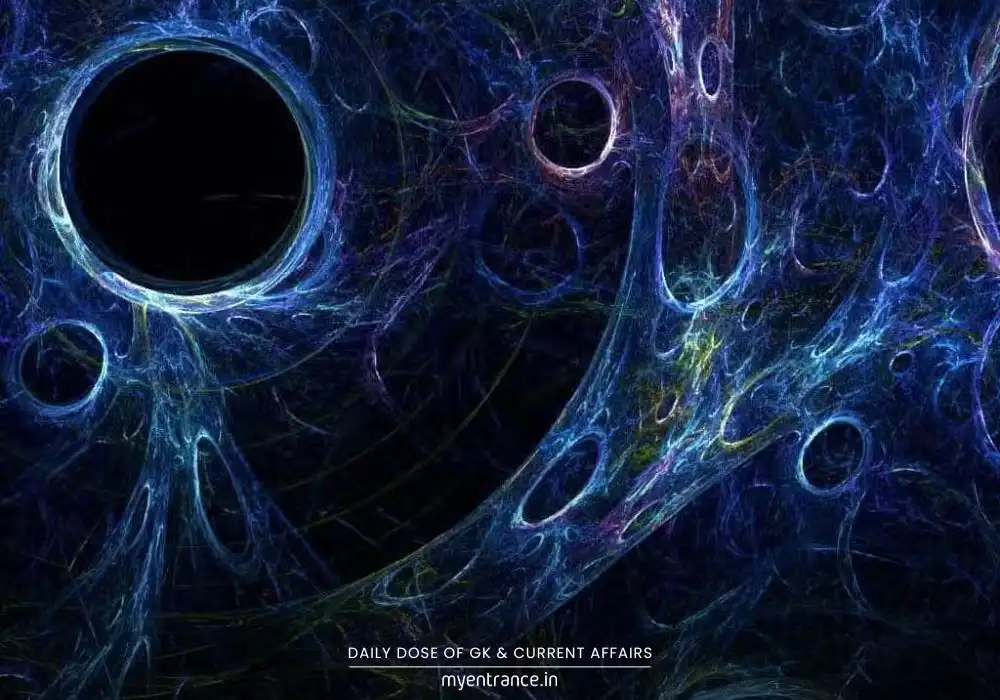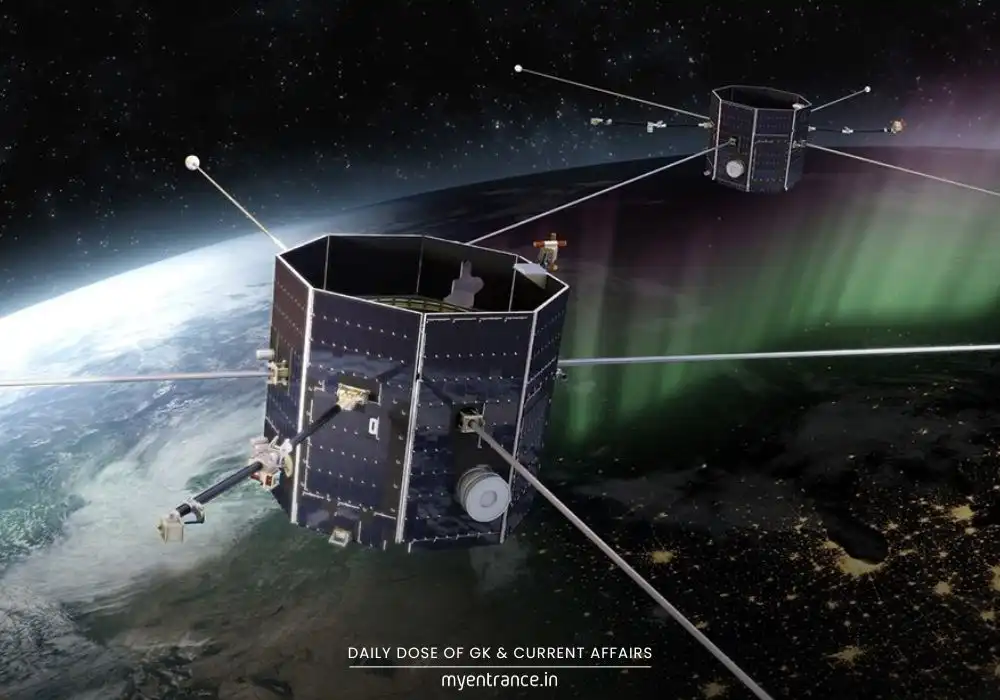Translate Language
Is Our Universe Headed for a “Big Crunch” by 33 Billion AD?
For decades, scientists believed the universe would expand forever. But startling new data suggests the opposite: dark energy—the force driving cosmic expansion—may be weakening. If true, our universe could reverse its growth in 10 billion years and collapse into a “Big Crunch” just 33 billion years from now.

The Cosmic Countdown Begins
Imagine the universe not fading into cold darkness, but violently collapsing in on itself. A groundbreaking theory proposes exactly that—our cosmos might stop expanding in 10 billion years, then hurtle toward a cataclysmic end dubbed the “Big Crunch” in roughly 33 billion years. While that sounds impossibly distant, it’s shockingly soon on a cosmic timescale. In fact, the universe would already be past its midlife!
What’s Shaking Up Physics?
Recent data from major projects like the Dark Energy Survey (DES) and the Dark Energy Spectroscopic Instrument (DESI) revealed something unexpected:
Dark energy—the mysterious force accelerating cosmic expansion—might not be stable.
Instead, it appears to be weakening over time.
This challenges Einstein’s century-old concept of a fixed “cosmological constant,” a cornerstone of modern physics. If dark energy is fading, our understanding of the universe’s fate needs a rewrite.
The New Theory: Two Forces at War
A June 2024 paper (titled The Lifespan of our Universe) proposes a radical model where dark energy has two components:
Hypothetical “Axions”: Ultra-light, ghostly particles acting like an energy mist, gently stretching the universe outward (driving current expansion).
A Negative Cosmological Constant: Unlike Einstein’s repulsive force, this attractive component lies dormant—for now.
Here’s the twist:
Axions are expected to fade over time.
As they weaken, the negative constant takes over, slamming cosmic expansion into reverse.
The Big Crunch Scenario
Once contraction begins, the universe enters a death spiral:
Galaxies collide as space shrinks.
Temperatures soar to apocalyptic levels.
Everything compresses into a singularity—a mirror opposite of the Big Bang.
The timeline? Expansion halts in ~10 billion years, followed by ~23 billion years of collapse.
Why This Isn’t Doomsday (Yet)
Before you cancel long-term plans, note:
The theory is highly speculative and not yet peer-reviewed.
DES/DESI data is preliminary; future missions (like NASA’s Nancy Grace Roman Telescope) must verify it.
Even if Einstein’s model is wrong, alternative explanations exist.
Still, this idea forces us to rethink cosmic destiny. As one physicist quipped, “The universe might not go gentle into that good night.”
Get 3 Months Free Access for SSC, PSC, NIFT & NID
Boost your exam prep!
Use offer code WELCOME28 to get 3 months free subscription. Start preparing today!















